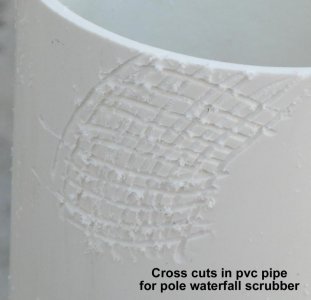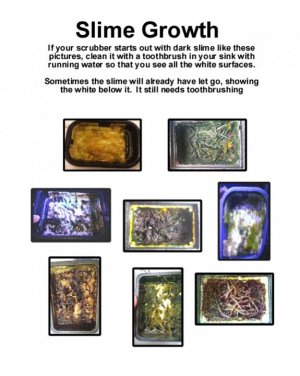If you click the link given, it will take you to the abstract. It also has a couple free images.
Click the image that looks like a pyramid. It's captions state that it's a tent over benthic life. It's equipped with a pump, a data logger, and a sample bottle.
There's also a bar graph that shows a calculated reef and the tent reference.
Now, since you bring up that there was 20 scientists involved over a 15 year period. I have to wonder how much of the info can be trusted? That's a lot of opinions and a long time to argue each other's thoughts on any readings or results.
I also have to ask why it went 15 years? (Given I know nothing about the study)
Was it funding? Or was it actually planned to go 15 years? That was EXPENSIVE!
Was the study done on a consistent basis? Or was it done spuratically and the data points merged together? Different times of the year?
The book must be a colabration of the referecnces you mentioned?
Did I post shooting from the hip? Yes I did.
Should I read the book? Maybe. I personally feel there was to much involvement to get accurate info.
Asking WHY is where one gains knowledge in my opinion. Not through references. You might get a little more close by going through the references yet, (again) in my opinion. You are still at the mercy of who wrote the data or conducted the collection of the data. Then your at the mercy of what it is that they feel is important with in said data to bring forward a presentation. Go sit and listen to a speaker and, your subject to what they feel is important. Go listen to another speaker on the same information......you'll walk away with a different mindset of the topic. Kinda like the stock market right? Take two groups of investors. One group from Harvard and the other group from Yale. They both read the exact same information and yet the two groups will draw two different investing strategies because the information simply isn't complete enough to make a truly informed decision.
I believe that we as humans can only go by what makes sense to us. Each individual that is. Research and discussion is what will make each person act on what they feel to be the best option. I don't feel there are any embarrassments within our actions. Everyone can learn from watching as well. Take my post for instance, it drew you out to ask questions. Now more are thinking and I believe that's a good thing.
(They could be thinking I'm an idiot!!!!)




